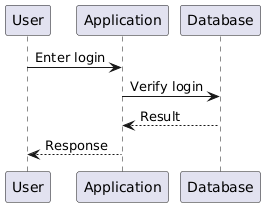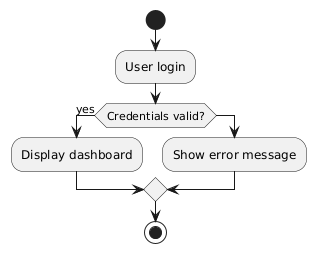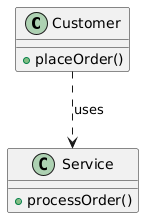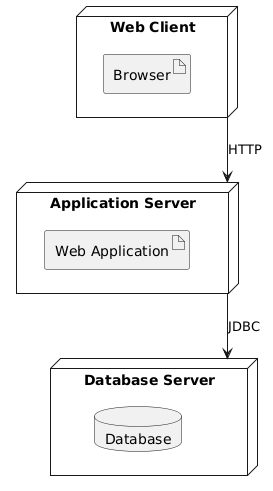UML Diagrams MCQs Questions With Answers – Part 8
Test your knowledge and boost your confidence with these multiple-choice quizzes focused on UML diagrams, foundational software engineering concepts, and real-world best practices. Designed for students, developers, and exam candidates, these MCQs offer a quick and effective way to assess your understanding and sharpen your skills.
1. Which UML diagram is used to describe the steps of a business process or an algorithm?
A Class diagram
B Activity diagram
C Component diagram
D Deployment diagram
2. What does it mean when a use case is extended by another?
A The use case is duplicated
B The second use case is never executed
C The behavior is optional and adds to the first
D The first completely depends on the second
3. Which of the following elements can initiate a use case?
A A class
B An object
C A component
D An actor
4. This UML diagram is used to __________________

A Plan tasks
B Show the structure of an application
C Describe interactions between components in a specific scenario
D Define classes and their methods
5. In a component diagram, components are often connected to what?
A Classes
B Use cases
C Interfaces (provided and required)
D States
6. What does a filled black circle represent in an activity or state diagram?
A An error
B A synchronization point
C The start of the process or state
D The end of the process
7. What does a black circle surrounded by a white circle represent in an activity diagram?
A An alternative entry point
B A possible but uncertain ending
C The final point of the process
D A system error
8. What does a dashed arrow represent in a class diagram?
A Aggregation
B Dependency
C State transition
D Optional inheritance
9. Which of the following diagrams is considered an interaction diagram in UML?
A Class diagram
B Component diagram
C Sequence diagram
D Deployment diagram
10. Which UML diagram is most appropriate for visualizing the physical architecture of a system, including hardware nodes and deployed software artifacts?
A Component diagram
B Deployment diagram
C Activity diagram
D Composite structure diagram








